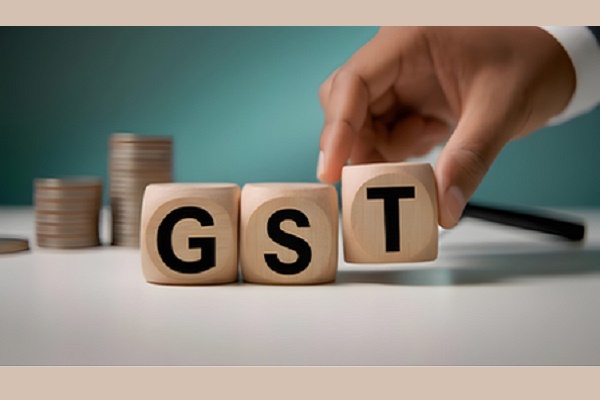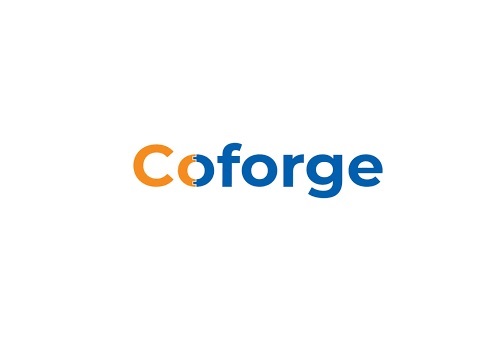Buy Avenue Supermarts Ltd For Target Rs. 4255 - JM Financial Institutional Securities

DMart’s per-store revenue growth trend has been less buoyant than desired in recent times and challenges around weaker footfalls, muted offtakes of higher-margin discretionary items still persist – the latter have been impacting not just throughput but also profitability. Headline numbers aside, we think the following are equally worth noting: 1) ‘Same-storesales’, viz. revenue from two years and older stores (c.72% of network) grew 11% during 2HFY23 which, in our view, is reasonably strong. What this implies, however, is that the newer stores are underperforming and dragging the system average down by quite a bit. This needs some working-upon. 2) Gross margin for FY23, notwithstanding a 5ppt lower share of General Merchandise and Apparels vs FY19, has stayed intact at c.15%. 3) DMart’s FCFF was a positive INR2bn in FY23 notwithstanding a reasonably high pace of store-opening. A further refinement in working capital (6.4% of sales vs 7.3-7.4% over last two years) helped in this regard. We continue to like DMart - businesses with such long growth runways are rare and one should not get too carried away by short-term weakness(es).
* Weak earnings led by underperformance of newer stores and continued weakness in discretionary sales: DMart’s 4QFY23 revenue grew 20.1% to INR103.4bn (standalone). EBITDA and adjusted profit grew at a much slower pace by 5.4% and 5.8% to INR7.8bn and INR 5.1bn respectively – c.5% below our expectations. Store-count increased 14.1% yoy to 324 with 18 new stores added during Mar-Q (out of 40 for the year). Average revenue per store grew just 4.3% and continued to be somewhat disappointing. However, as noted earlier, this is a function of the newer stores (those opened in the last two years) taking longer to ramp-up as ‘same-store-sales’, viz. revenue from stores that are two years and older (these forms c.72% of the network) seems to be in fine fettle – these grew 11% during 2HFY23 (full year FY23’s SSSG was much higher at 24.2% due to a depressed base in 1Q). Needless to say, the newer stores need to be worked upon. The other issue, we believe, revolves around lower footfalls at the stores – each store is, on an average, still servicing c.18% less number of customers per store vs FY19 level. Whilst the revenue impact has been minimised through higher bill value (c.40% higher), we believe lower number of customers visiting the stores have had its impact on discretionary products and impulse purchases. Of course, discretionary products also had to deal with the impact of relatively weaker consumer sentiments.
* Higher-than-expected gross margin compression drove margin down by quite a bit: Dmart’s 4QFY23 EBITDA grew by just 5.4% yoy – this is the slowest growth seen since listing and was much lower even vs our somewhat-muted expectations. A much lower gross margin - down c.90bps yoy and qoq – was the main reason for the same, as overheads were controlled much better than we envisaged. Notably, share of highermargin of ‘General Merchandise and Apparels’ in revenue have dropped further from 24.75% in H1 to possibly at c.21.3% in H2. These used to be c.28% some years back. Adverse mix, plus operating deleverage – SG&A per store grew 6.6% vs a mere 4.3% growth in throughput – drove a 8.5% yoy decline in EBITDA per store and an overall 105bps decline in operating margin. One point to note, however, is that a lower-thanusual GPM in 4Q is not entirely unusual and the trend was observed even during the Mar’18 and Mar’19 quarters.
To Read Complete Report & Disclaimer Click Here
Please refer disclaimer at https://www.jmfl.com/disclaimer
SEBI Registration Number is INM000010361
Above views are of the author and not of the website kindly read disclaimer




















